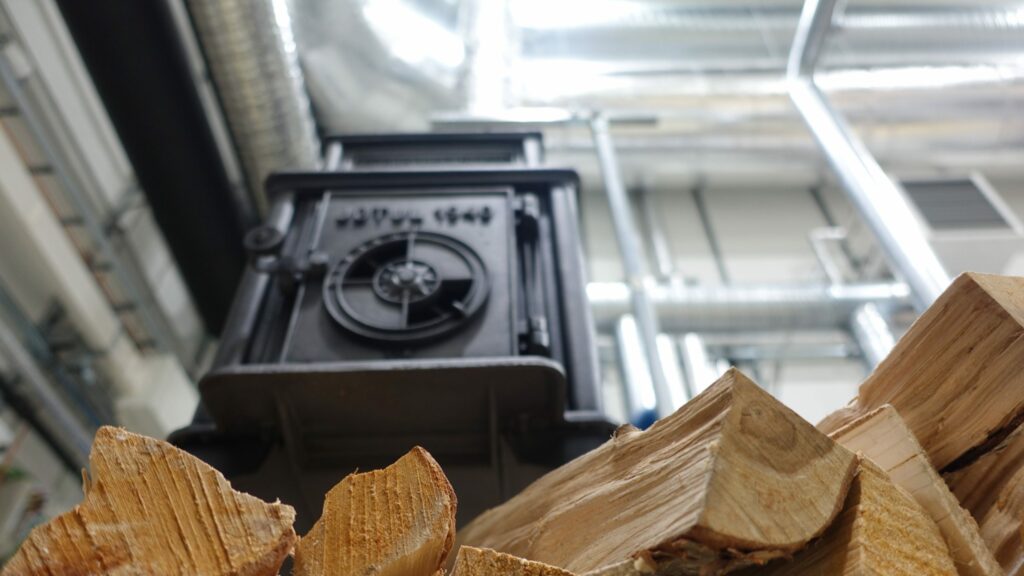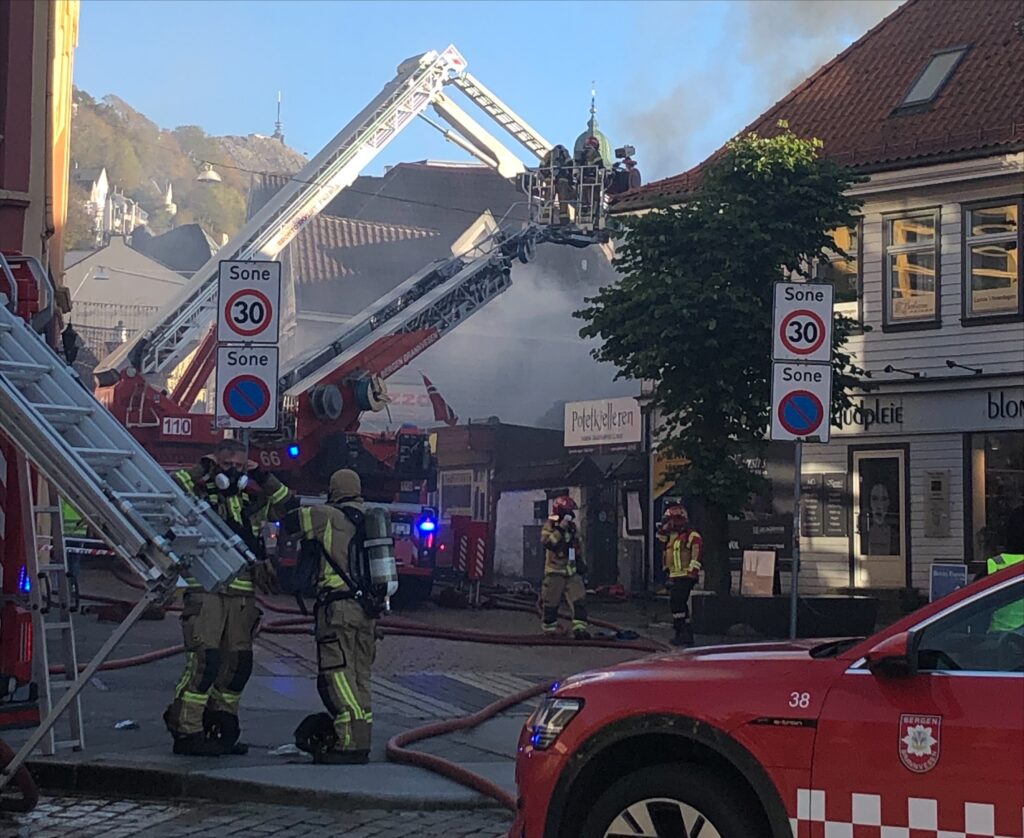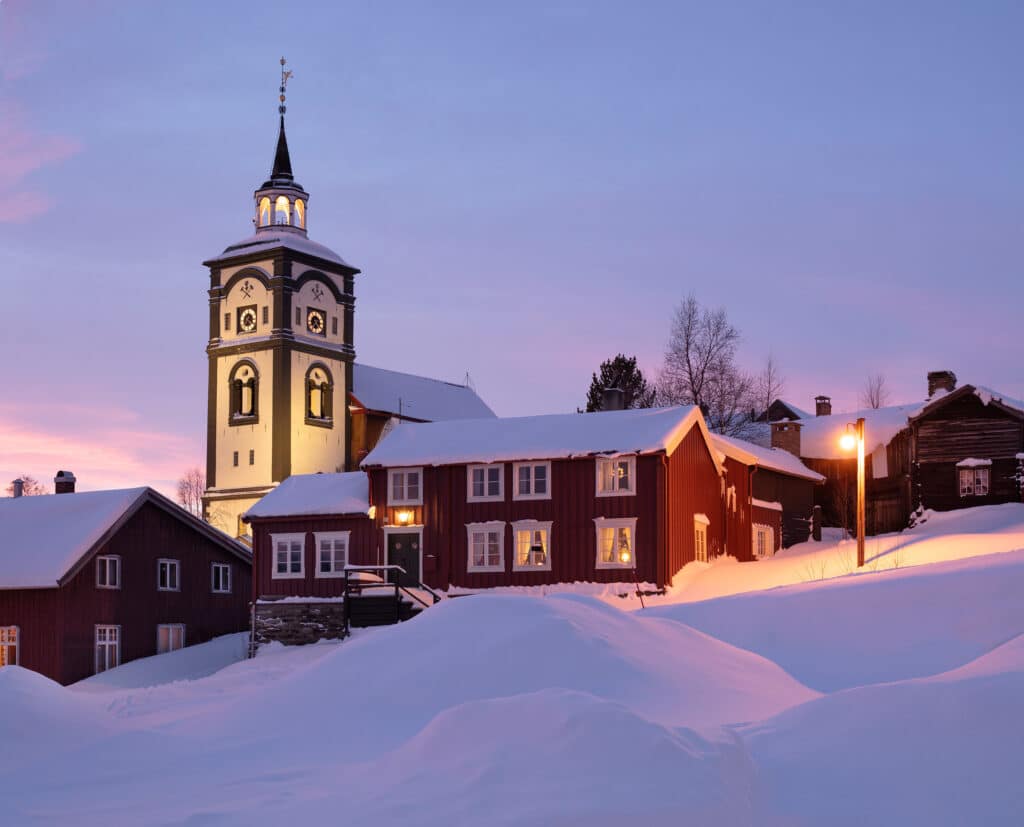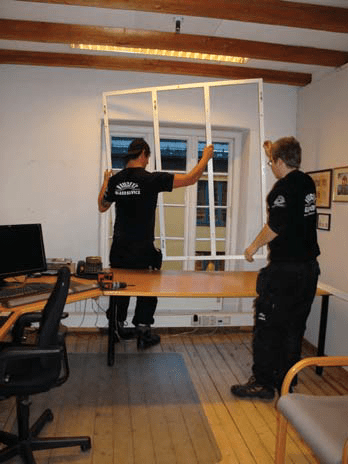Ekspertgruppen under FISMA har laget en rapport, som skal danne grunnlag for fremtidig revisjon av EUs taksonomi. Det er denne rapporten som nå er på høring.
Les Riksantikvarens høringsssvar på engelsk under:
Dear Sir/Madam,
We are writing to bring to your attention a critical issue concerning the EU Taxonomy Regulation and its impact on historical buildings and cultural heritage.
EUs support of and responsibility for cultural heritage in Europe
The EU has long recognized the importance of preserving cultural heritage, as evidenced by Article 3 of the Treaty on European Union (TEU), which states that the EU shall ensure that Europe’s cultural heritage is safeguarded and enhanced[1]. This commitment aligns with the EU’s broader goals and initiatives in maintaining Europe’s heritage, sustainable development and circular economy.
However, the current Taxonomy Regulation presents a significant challenge for historical buildings. The regulation’s high energy efficiency requirements to obtain status as sustainable activities in real estate acquisition and renovation, pose a threat to the preservation of these structures, as energy upgrade in these buildings calls for tailormade solutions.
Cultural Heritages and climate change
Tackling climate change is this generation’s defining task and Europe’s rich and diverse cultural heritage can help[2]. The national heritage authorities strive to stimulate to the reusing and improving of energy efficiency of existing buildings, to contribute to the important task of reducing emissions. Contributing to climate solutions is important for cultural heritage managements throughout Europe. Please see an example from Norway and learn more: https://riksantikvaren.no/content/uploads/2021/09/RA_Klimastrategi_engelsk_2021.09.27_enkeltsider_300dpi.pdf
Why do heritage buildings need tailormade solutions in energy upgrade?
Heritage buildings are at risk of being technically destroyed by conventional energy upgrades due to their unique construction methods and materials. These buildings are often built using traditional, short – travelled ‘breathable’ materials that function differently from modern construction material and techniques. This means they are built with materials that allow moisture to move freely through the building fabric, such as lime-based mortars, renders and plasters, timber, natural stone, clay or other earth-based materials. These materials work together to create a balanced system that manages moisture by allowing it to be absorbed and released naturally. This ‘breathing’ process helps regulate internal humidity and temperature, contributing to the building’s longevity and the comfort of its occupants.
Applying modern energy efficiency measures to heritage buildings can disrupt this delicate balance:
- Incompatible materials: Using non-breathable materials like for example cement renders, plastic based insulation elements and paints and waterproof sealants can trap moisture within the walls, leading to decay and structural damage.
- Altered ventilation: Increasing airtightness without proper consideration for the building’s natural ventilation can lead to condensation and mold growth.
- Thermal bridging: Improper insulation techniques can create cold spots where condensation forms, potentially causing rot and other moisture-related issues.
- Changed internal environment: Altering the building’s ability to regulate temperature and humidity naturally can negatively impact both the building’s structure and any heritage qualities. In members states where frost is relevant, spalling of masonry structures is one visible and detrimental consequence, if inadequate insulation hinders the outer wall to dry up from time to time.
By instead respecting the original building logic with tailormade solutions, we can ensure that energy upgrades enhance rather than compromise the longevity and character of tour valuable European heritage.
Reaching top energy efficiency ratings (like A levels) in heritage buildings without compromising their cultural value is extremely challenging if not impossible for several reasons:
- Structural limitations: The physical structure of heritage buildings often cannot accommodate the level of insulation or airtightness required for top ratings without significant alterations and technical risk.
- Preservation requirements: Many energy-efficient upgrades that might work for modern buildings are additionally not permitted in listed or protected structures due to conservation regulations.
The above is also true for heritage buildings constructed with elements of concrete, glass and steel, and likewise require room within the taxonomy for less stringent solutions.
The heritage methodology of constructing buildings will of course also largely differ between Europe’s temperature zones and variation within the members states, again a call for tailormade solution in energy upgrade to safeguard these structures. These climate variations also form the basis for Europe’s rich and varied heritage buildings – savored by the member states, and often officially protected and preserved by the national authorities. Article 167 of the Treaty on the Functioning of the European Union (TFEU) specifies that the EU’s role in culture is to support, coordinate, or supplement the actions of Member States while respecting their national and regional diversity.
Heritage buildings and challenges with the taxonomy – examples
A historic property owner reported that he was unable to secure a ‘green loan’ with favorable interest rates from the bank for the restoration of his heritage wooden windows but was told that if he was willing to replace the windows with new, the green loan would be granted. New windows are often imported, made of PVC consisting of engineered plastic and with a significantly shorter lifespan than wooden. Heritage windows can also be energy upgraded, with deep restoration and the addition of an extra layer of modern insulation windows inside of the building. For the renovation criteria set, favorable lending conditions and opportunities are of great importance for the maintenance of Europe’s heritage.
Of even greater concern, reported to us by a real estate company, is the ability to obtain favorable loans for purchasing historic buildings. For companies wanting to report their alignment with the taxonomy regulation, it can be challenging to invest in historical buildings. Acquisition of a central heritage building in one of Europe’s capital cities requires a significant sized loan where favorable interest terms are crucial to make the investment attractive. This leaves this category of properties at risk if investors and homeowners choose not to invest in them, potentially leading to vacancy, and in the worst-case scenario, leaving European Heritage buildings as ‘stranded assets’.
The criterion in question for this matter is included in Annex I – Climate change mitigation, construction and real estate, and especially 7.7. Acquisition and ownership of buildings requiring compliance with high energy requirements, more often than not impossible for heritage buildings to obtain without risking their technical structure and heritage qualities. It is also concerning that it will be more difficult to rent out historic buildings to companies that are reporting their obligations. This will be a major problem for our built heritage and go against the principles in Article 3 of the Treaty on European Union and EUs long lasted devotion to cultural heritage values.
Alternatives respecting cultural heritage – to explore
Historic buildings, with their inherent longevity, are crucial in sustainable societies aiming to preserve existing structures. It is also of value to examine the full extent of emission accounting: not just considering the operational phase of the building, but also the entire lifecycle of built structures – from production, transports, and use of long-lasting components to environmentally friendly maintenance and waste management. The durability and adaptability of historic buildings can contribute positively to sustainability goals, particularly when considering their extended lifespan and the embodied carbon already invested in their construction.
Instead of conventional upgrades, heritage buildings require a more nuanced approach with tailormade solutions to ensure their future, using traditional, ‘breathable’ materials for repairs and renovations performed by competent personnel using traditional techniques and methodology. Implementing reversible and minimally invasive energy efficiency measures, for example reducing air infiltration by closing cracks and gaps, focusing on occupant behavior and smart heating strategies, and up – to – date energy sources to heat the building. Utilizing natural ventilation and passive design features inherent to the building is also necessary.
If the criteria established to achieve the goals of the taxonomy are implemented without careful consideration of heritage’s unique characteristics, it will pose a significant risk to European heritage. It may be worth exploring the possibility of establishing a category for a designated economic activity within the taxonomy system related to heritage buildings, both for the economic activity of renovation and purchasing, if this gives a secure handling of our heritage buidling stock. This is just one of several possible paths forward, and it’s important to consider various alternatives before committing to a specific solution. By keeping the discussion open with heritage professionals and institutions, the EU can find solutions to the complex challenge at hand.
Europe’s historical building stock is an important cultural heritage and a source of pride and identity as well as a base for economic value for markets and businesses. It requires careful planning of interventions to support transition to climate neutrality without losing heritage qualities – considering the whole life cycle of each building, the materials it contains as well as its energy use. Europe’s heritage has been enchanting visitors for many decades, through top performance in traditional crafts and materials, enhancing their beauty, durability and value through the ages. It is of uttermost importance that these values are secured and improved through the age of the Green Deal.
Seeing as many EU regulations and initiatives are at odds with the consequences for heritage that we receive reports on from our stakeholders, we believe that solutions could likely exist within the complex framework of the taxonomy system. This requires a more nuanced interpretation and in-depth legal analysis, which stakeholders will likely not take the time to. Our position is that these solutions need to be made more explicit and accessible to all parties involved. It’s crucial that the implications and opportunities for heritage within the existing regulatory framework are clearly communicated and easily understood and adaptable.
A need for easily accessible and practical solutions
It is crucial to incorporate flexibility within the given taxonomy to accommodate historic buildings as an integral part of Europe’s heritage. We look forward to solutions better reflecting the EU’s responsibility towards cultural heritage. These solutions should be clear and easily implementable for financial institutions and software companies delivering the digital structures for the taxonomy in Europe. We kindly request that any solutions and clarification be widely communicated to ensure their effective adoption.
Thank you for your time and attention.

Slik fyrer du riktig med en gammel ovn
Lurer du på om din gamle ovn er dårligere enn en ny?

– Den farligste tiden for et bygg
Brann rammer en rekke kulturminner hvert år. To ting er spesielt farlige: oppussing og desember måned.

Sjå lista: 374 søknader om kyrkjetilskot
Kyrkjebevaringsfondet har nådd ein ny topp med 374 søknader for 2026.

